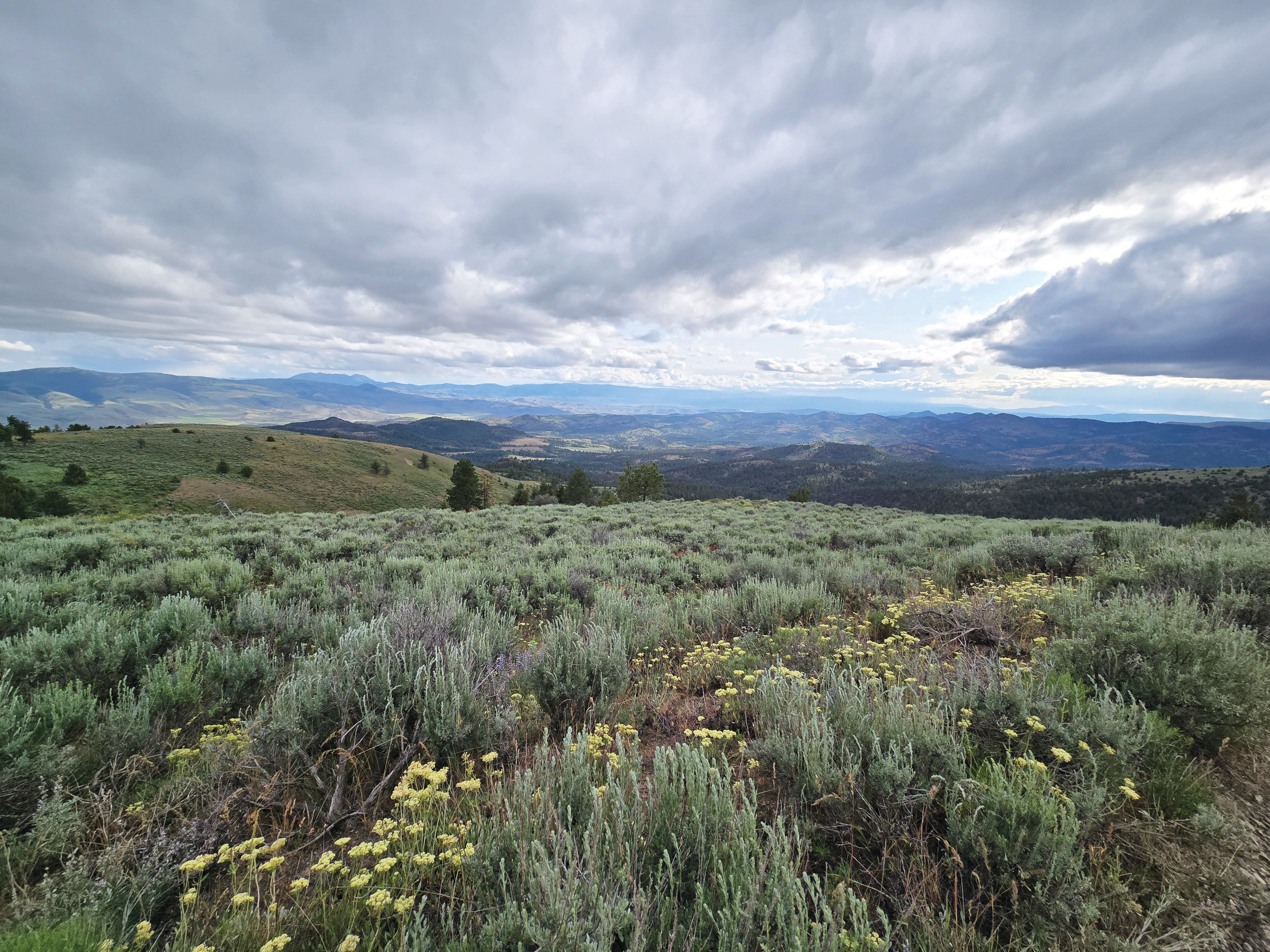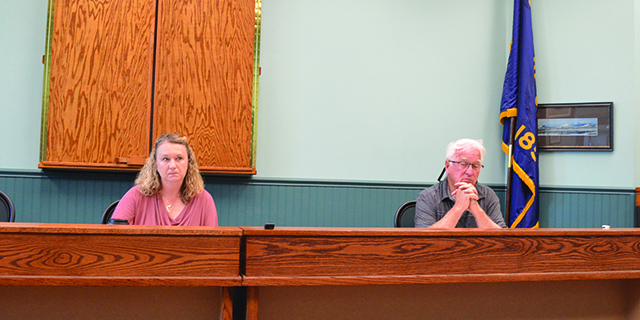Main Street: The food thing
Published 5:00 pm Wednesday, May 12, 2004

- Rich Wandschneider
I can’t get over the food thing. Three weeks in Turkey, I never missed a meal, never felt those five o’clock pre-dinner hunger pangs that send me to the peanut butter, and I lost a couple of pounds.
This personal mystery is far overshadowed by the societal mystery. In three weeks in Turkey, I can’t remember seeing obesity. Some folks were plump, and there were a few bordering on being heavy, but I saw more clinically overweight people in the airport in Portland than we’d seen in three weeks in Istanbul, with its 14 million people, and in travels through villages and towns across a country of 70 million. Why?
The mystery compounds itself. A recent issue of the New Yorker Magazine features an article arguing that height is a measure of the level of nutrition in a society. Aside from the rare genetic anomaly, e.g., the pygmy people in Africa, differences in height within a society can be explained by genes, but average heights in a society rise or fall with levels of nutrition.
The authors have data, hundreds of years of military records for a start. They point out that the emperor Charlemagne was a six footer in 800 AD, and the men in his army were taller than Napoleon and his men of a thousand years later. In other words, height is not an ever ascending line on the graph of history. The authors speculate that Europe’s “little ice age” sent French heights plummeting for a few generations.
For most of our country’s history, the children of immigrants seemed to add inches in each generation. But times are changing, the Dutch are now the tallest people in the world, and Americans are shrinking in height as we are widening in girth. And we don’t have an ice age to blame.
I was at a salmon dinner on the Umatilla Reservation on Saturday night. The tribe is kicking off a huge effort by many hands to write their own history. Many people in the room spoke about the project, and expressed thoughts about the importance of the horse, white settlers, intertribal relationships, and loss and recovery of indigenous languages. One elder, a tall and handsome man in his 50s, stood to say that the writers should remember to talk about traditional foods. He had just learned that he has diabetes, a disease that is apparently epidemic in Indian country across the US. He’d recently attended a meeting about traditional foods – fish, game, roots and plants – in the Plateau Indian culture, and had learned how these old foods had met bodily needs so well.
“The new foods are killing us,” he said.
I’ve tried to think about the differences in our Turkish diet and the one that we are slipping back into now. First of all, I think of the fresh raw vegetables at every meal. Cucumbers and tomatoes for breakfast, a fresh salad with onions, cukes, tomatoes, peppers, and plenty of parsley at lunch, and maybe again at dinner. Sometimes a boiled egg or one fried in olive oil for breakfast. Always salty olives. Rice topped with cooked green beans, dried beans, or garbanzos in a meat-tomato sauce at lunch. Yogurt and white cheeses at almost every meal. Bread. Always bread (this is the place where wheat was first cultivated!).
For dinner, salads and appetizers – raw vegetables, white cheese, hummus, peppers, cabbage, or grape leaves stuffed with rice and sometimes meat; kebabs – lightly spiced finely chopped lamb on a skewer, or small chunks of lamb marinaded in lemon juice and olive oil; chicken or beef and vegetable stews; sweet baklava and its cousins, then fruits and nuts. And beer, wine, or raki, the Turkish version of anisette flavored drink, with all courses, except the thick Turkish coffee or sweet tea that comes with dessert.
What’s different? The amount of fresh uncooked vegetables, especially at breakfast. The amount of olives and olive oil. Smaller but steady portions of meat and cheese and eggs for protein. The lack of processing in the foods (although that is of course changing with quick snacks everywhere) – the dried bean, lentil and garbanzo dishes were made from scratch, not from cans. The super rich desserts, but small portions that punctuate the meal rather than anchor it. There is a balance of proteins and carbohydrates, sweet and salty, green and red, a variety of good foods in sensible portions.
But maybe the biggest difference is that the Turkish meals are all longer than ours. You don’t go to dinner and then to a dance or show. Dinner, with friends and conversation, is the entertainment! Breakfasts and lunches are also longer affairs. I’ve come to think that we have evolved over human time with the ability and the need for a certain amount of chewing each day, and when we inhale a meal without chewing it properly – pausing between bites to talk and think – we’re hungry all day no matter how full our stomachs are.
Whatever the reasons – and I’m sure that others will come to different conclusions with the same data – the shocking thing about leaving the country and going to a country where food and eating are proud traditions at the center of life, is that our magazines and newspaper exposes are correct. We are in the middle of an obesity epidemic. The Umatilla elder is right. Our food – and our habits – are killing us.
(Rich Wandschneider is director of Fishtrap Inc., a nonprofit promoting writing excellence, and a longtime Chieftain columnist.)






